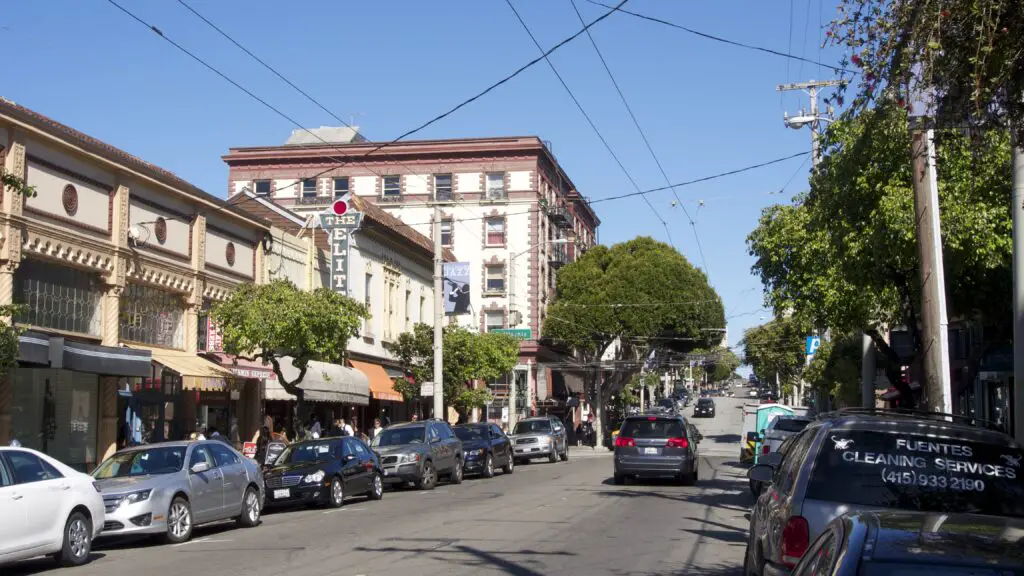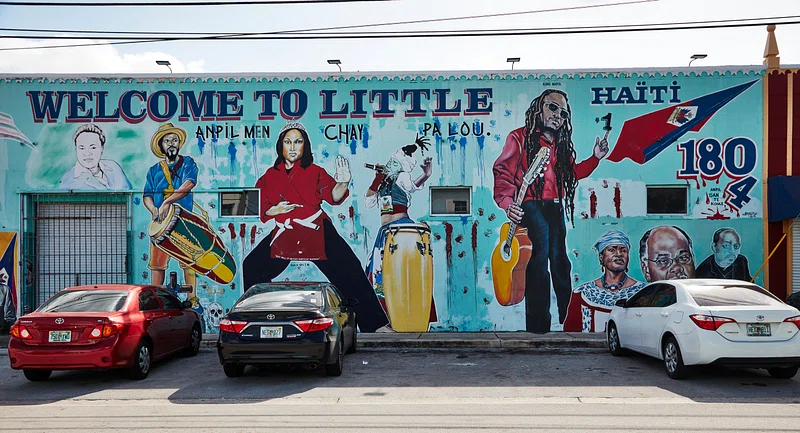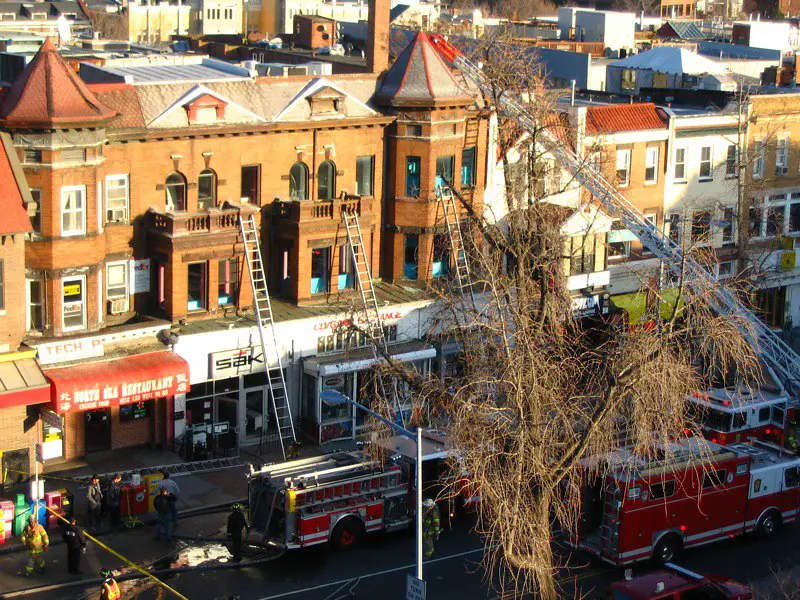As housing costs continue to rise across the U.S., many communities are struggling to balance development with cultural preservation. Gentrification, displacement, and predatory real estate practices have made it difficult for long-standing residents to remain in their neighborhoods. However, some communities are actively fighting back, organizing for affordable housing policies and initiatives that protect their cultural heritage. These efforts go beyond just preserving buildings; they aim to maintain the history, traditions, and social fabric that make these neighborhoods unique. Here are five communities leading the fight for affordable housing and cultural preservation.
1. Chinatown – Washington, D.C.

Washington, D.C.’s Chinatown was once a thriving enclave for Chinese immigrants, but skyrocketing real estate prices and commercial development have drastically reduced the neighborhood’s Chinese population. In the last few decades, high-end retail stores, office spaces, and luxury condominiums have replaced many small, family-owned businesses. Today, only a handful of Chinese-owned businesses and longtime residents remain. In response, activists have launched preservation efforts to maintain Chinatown’s cultural heritage and affordable housing.
The fight has included advocating for rent control, pushing back against corporate development, and demanding community benefits agreements that protect small businesses. The Wah Luck House, a key residential building for Chinese immigrants, was successfully preserved as affordable housing thanks to community efforts. Organizations like the Chinatown Community Development Center continue to fight for protections that will allow future generations to remain in the neighborhood. While the battle against displacement is ongoing, Chinatown’s residents and advocates remain determined to keep the area’s cultural legacy alive.
2. The Fillmore District – San Francisco, California

Once known as the “Harlem of the West,” San Francisco’s Fillmore District was a thriving hub of Black culture, music, and entrepreneurship in the mid-20th century. However, aggressive urban renewal projects in the 1950s and 1960s led to mass displacement, with thousands of Black residents forced out of the neighborhood. Today, rising rents and luxury developments continue to threaten the community’s remaining cultural landmarks and businesses. In response, local advocacy groups like the San Francisco Housing Development Corporation are working to create more affordable housing options while preserving the neighborhood’s historical significance.
Efforts include rent control protections, community land trusts, and initiatives to support Black-owned businesses. Activists have also pushed for reparative policies that provide displaced families with opportunities to return to the area. The Fillmore Heritage Center, once a cultural landmark, remains a focal point of discussions on how to restore the neighborhood’s legacy. Through grassroots organizing and policy advocacy, the Fillmore community continues to fight for housing justice and cultural preservation.
3. Little Haiti – Miami, Florida

Little Haiti has long been a cultural and economic hub for Miami’s Haitian immigrant community, but in recent years, rapid gentrification has placed immense pressure on its residents. As developers target the neighborhood for high-end real estate projects, long-term residents face rising rents, eviction threats, and displacement. Climate change has also made Little Haiti a prime target for “climate gentrification,” with wealthier buyers moving inland to avoid rising sea levels.
In response, local organizations like the Family Action Network Movement (FANM) and the Little Haiti Cultural Complex are working to protect affordable housing while ensuring that Haitian culture remains central to the neighborhood. Activists have pushed for stronger tenant protections, inclusionary zoning policies, and community land trusts to secure long-term affordability. Cultural preservation efforts include designating key sites as historic landmarks and ensuring that new developments reflect the neighborhood’s heritage. Despite mounting challenges, the people of Little Haiti remain committed to safeguarding their community and preventing cultural erasure.
4. The South Bronx – New York City, New York

The South Bronx has long been home to vibrant Black and Latinx communities, but real estate speculation and rezoning efforts have made it increasingly unaffordable. In recent years, luxury developments have surged, leading to a wave of displacement for lower-income residents. Local activists and housing coalitions, such as the South Bronx Unite collective, have been pushing back against gentrification through tenant organizing and policy advocacy. The community has fought for—and won—affordable housing projects that prioritize long-term residents, rather than outside investors.
One major success was the push for community land trusts, which allow residents to have control over land and prevent speculative development. Additionally, groups like Nos Quedamos (“We Stay”) work to ensure that new developments include affordable housing units and reflect the neighborhood’s cultural identity. With ongoing battles against corporate landlords and unjust evictions, the South Bronx remains a frontline in the fight for housing justice.
5. Albina District – Portland, Oregon

The Albina District was historically the heart of Portland’s Black community, but decades of discriminatory housing policies and urban renewal projects led to widespread displacement. In recent years, rising home prices and new development projects have further eroded the neighborhood’s Black population. However, local initiatives are pushing back by reclaiming housing and land for the community. The Albina Vision Trust is leading efforts to restore the district’s historical identity while ensuring that displaced Black families have pathways to return.
Plans include building affordable housing, revitalizing cultural spaces, and creating business opportunities for Black entrepreneurs. Additionally, tenant unions and grassroots organizations are advocating for rent stabilization and anti-displacement measures. The community is also pushing for reparative housing policies, including homeownership programs designed specifically for Black Portlanders affected by past displacement. Through these collective efforts, Albina is fighting to reclaim its roots and build a more inclusive future.
